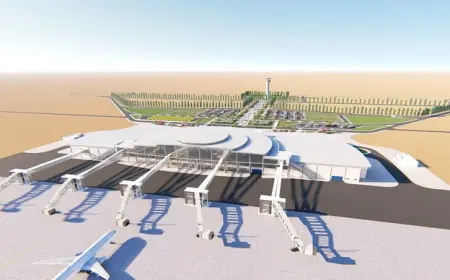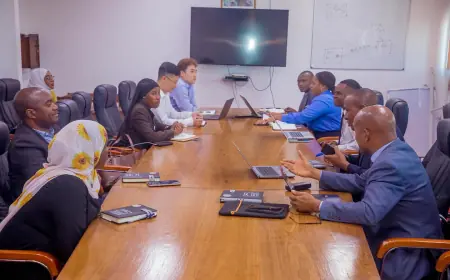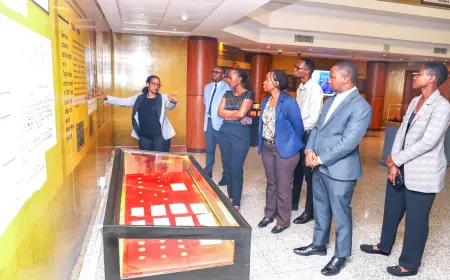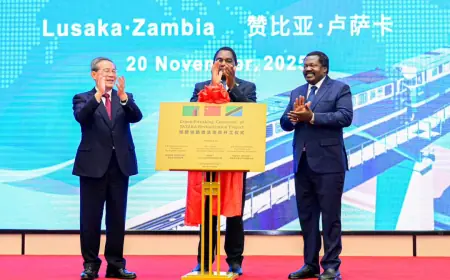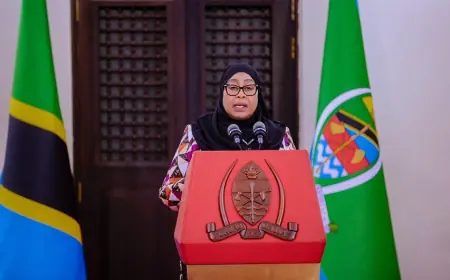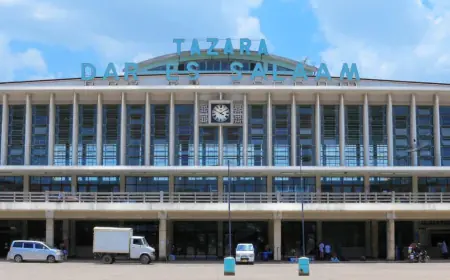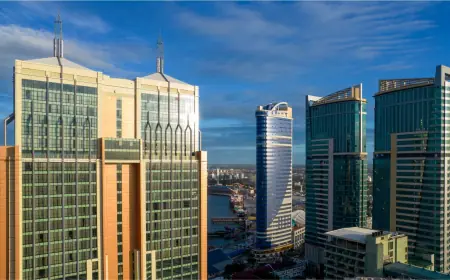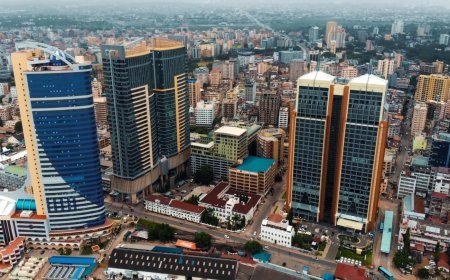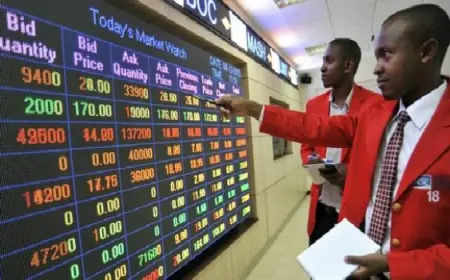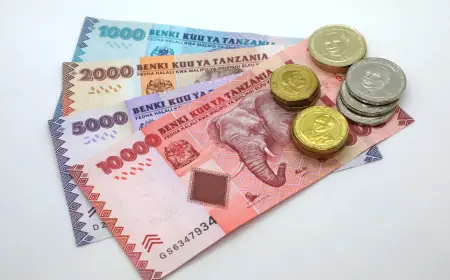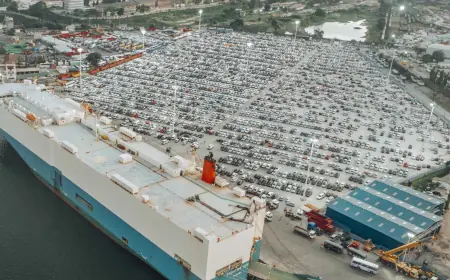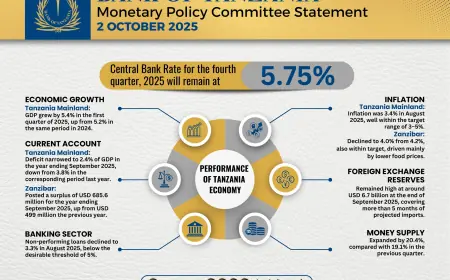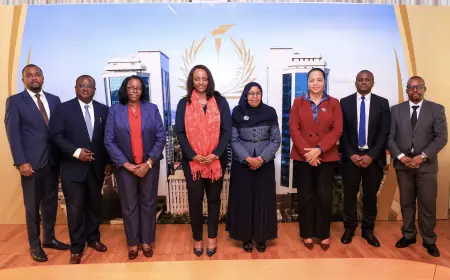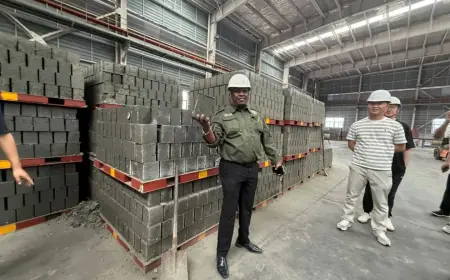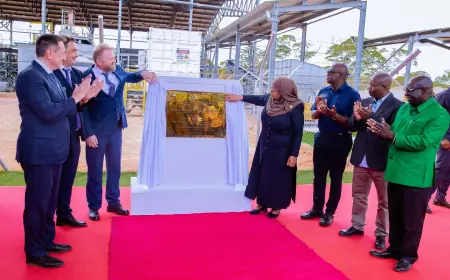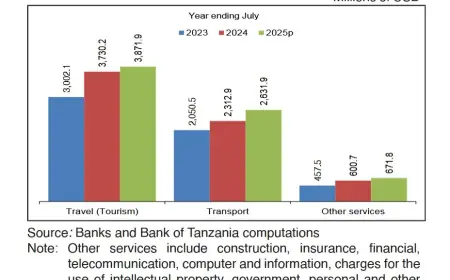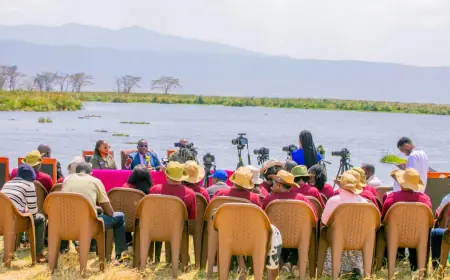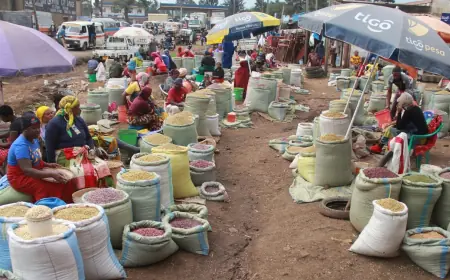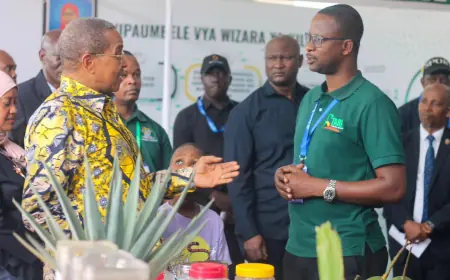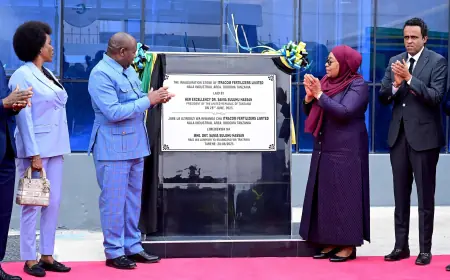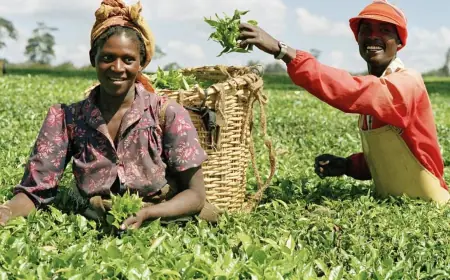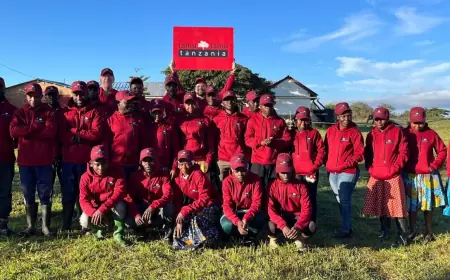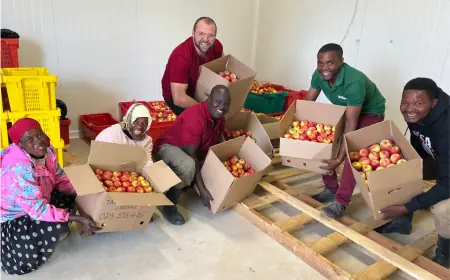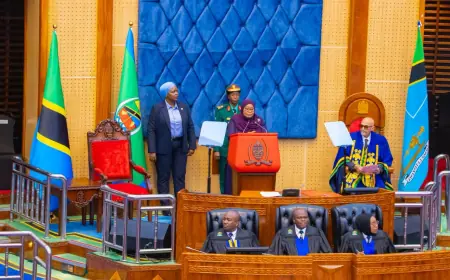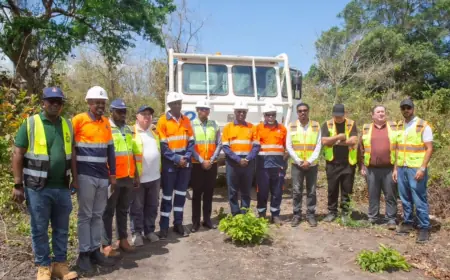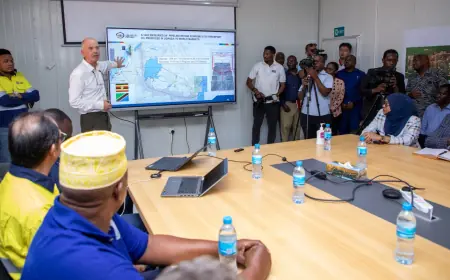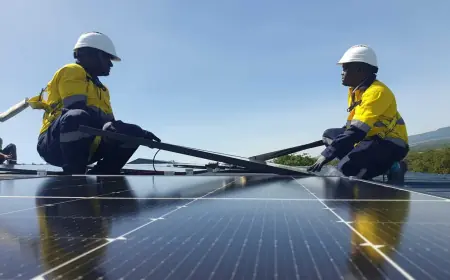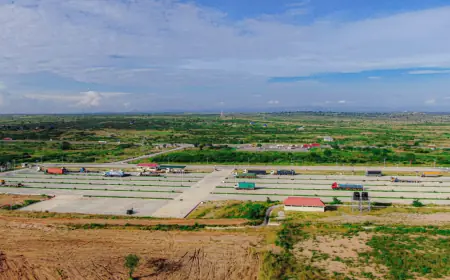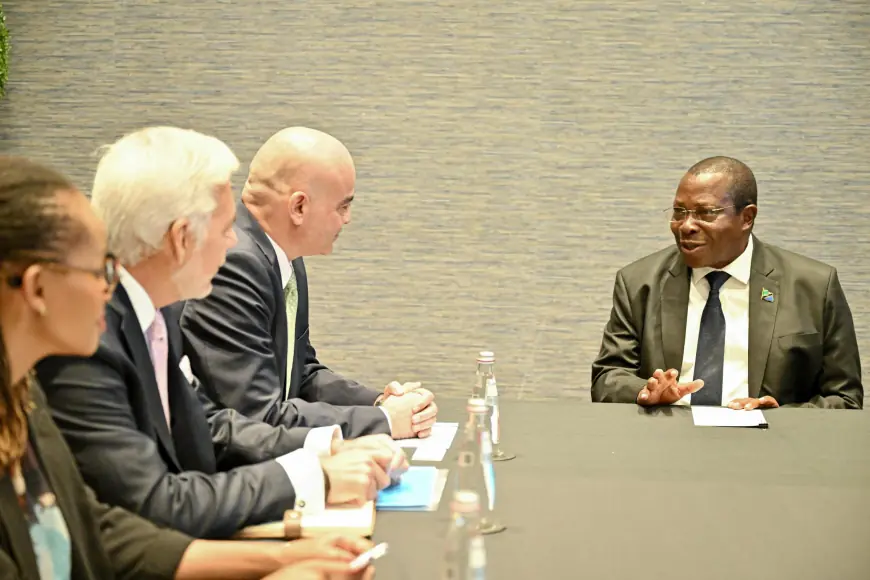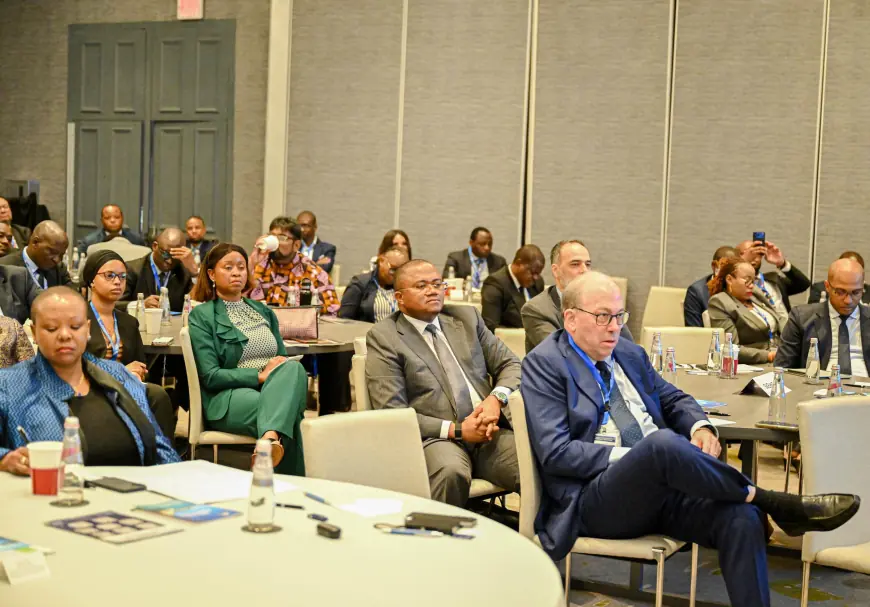How Tanzania’s bid to become east and central Africa’s economic powerhouse is taking shape
With a combined population of over 300 million across Eastern and Central Africa, the demand for manufactured goods, processed agricultural products, pharmaceuticals, and digital services presents an unparalleled opportunity for Tanzania to anchor a new industrial era
Dar es Salaam. Tanzania is positioning itself to transcend its traditional role as a trade corridor and emerge as a regional industrial and service powerhouse, leveraging its strategic location on the Indian Ocean and its access to six landlocked neighbours.
With a combined population of over 300 million across Eastern and Central Africa, the demand for manufactured goods, processed agricultural products, pharmaceuticals, and digital services presents an unparalleled opportunity for Tanzania to anchor a new industrial era.
The country’s geography, political stability, and ongoing infrastructure development provide fertile ground for this vision.
The government is now seeking to drive Tanzania’s geographical advantage message in international for a.
This week as he attends the 80th United Nations General Assembly Vice President Dr Philip Mpango, has found time to meet with American investors to tell them just that. If been you want to establish investments in Africa and reach 300 million customers directly, then come to Tanzania.
Speaking at the Tanzania-US Business and Investment Forum on Monday September 22, Dr Mpango said:
“Tanzania has enjoyed six decades of political and social stability, rapid infrastructure development, and significant improvements in the business environment. These conditions present abundant opportunities for investors.”
In his engagements he also met international business leaders including Vice President of the Abbott Institution responsible for business in Europe, the Middle East, and Africa, Dr Rabah El Menshawy.
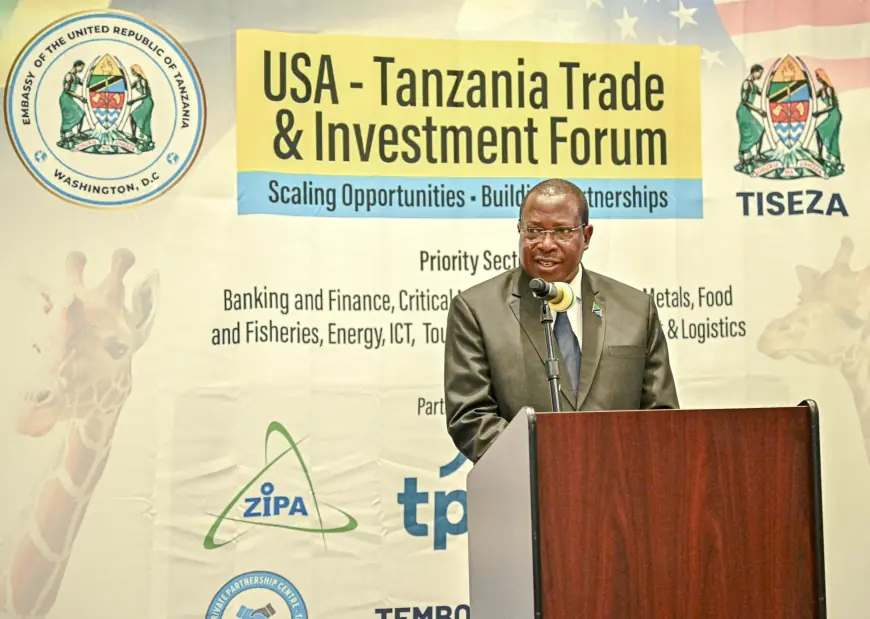
Import Substitution Industrialisation: A Strategic Pivot
If Tanzania presses further down this route then the long-term strategy should be import substitution industrialisation (ISI).
This is the targeted development of domestic industries to produce goods for both domestic and regional consumers currently imported from abroad.
By identifying products in demand across neighbouring countries and manufacturing them locally, Tanzania could attract regional sourcing to its industrial parks and special economic zones.
Economists caution that the approach requires precision. Oscar Mkude, a trade expert, notes:
“We often export raw coffee, tea, and gold with minimal processing. By investing in local industries, we can increase export earnings significantly.”
Dr Mwinuka Lutengano, of the University of Dodoma, adds that Tanzania must improve the competitiveness of its products.
“Simply producing locally is not enough; quality, cost-efficiency, and timely delivery are essential to capture regional markets dominated by imports from China, India, and South East Asia,” Dr Lutengano noted.
This strategy could allow Tanzania to capture value in high-demand sectors such as processed foods, textiles, construction materials, pharmaceuticals, and light manufacturing.
Linking agriculture and mining output to local processing plants would create jobs, reduce trade deficits, and anchor economic growth.
Ports, railways and SEZs
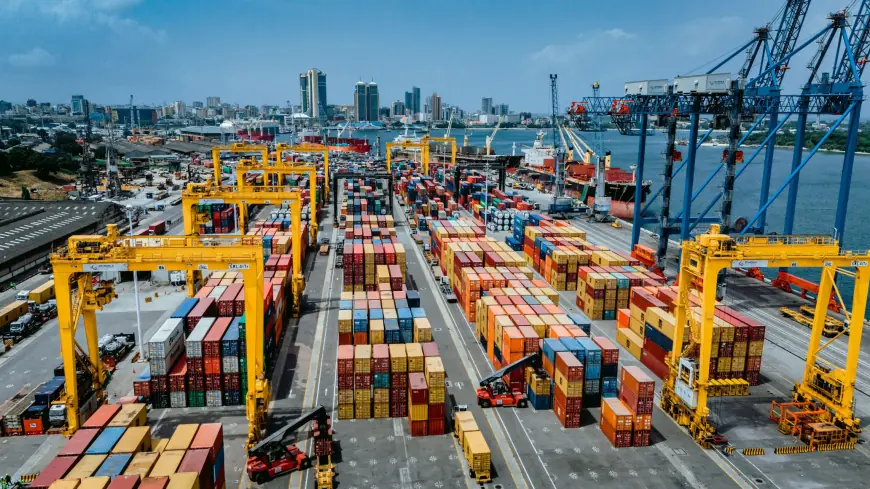
While import substitution focuses on production, Tanzania’s infrastructure remains the enabler.
The Dar es Salaam Port, handling over 90 percent of the nation’s maritime trade, is the gateway for goods moving to and from neighbouring countries.
Enhancements in cargo-handling, customs efficiency, and port management have already improved turnaround times.
Director-General of the Tanzania Ports Authority, Plasduce Mbossa, says the Dar es Salaam Port is no longer just a stopover.
“It’s a strategic anchor for regional and international trade,” he says.
Complementing the port are inland logistics centres such as the Kwala Industrial Park, Bagamoyo Special Economic Zone and the Benjamin Mkapa Special Economic Zone, which aim to reduce congestion, offer warehousing, and support light manufacturing.
In fact for some observers recently reforms on investment laws and the creation of the Tanzania Investment and Special Economic Zones Authority seem to be clearly visible signs of Tanzania’s grand vision to transform itself into regional economic powerhouse.
Special Economic Zones under TISEZA provide incentives for investors, including streamlined business registration and access to modern infrastructure.
Transport corridors are equally vital. Rehabilitation of the Standard Gauge Railway (SGR) connecting Dar es Salaam to Dodoma, along with road network upgrades, ensures that industrial output can flow efficiently to domestic and regional markets.
Regional integration and afcfta opportunities
Tanzania’s industrial vision aligns with the African Continental Free Trade Area (AfCFTA), which opens a market of 1.4 billion people.
By producing goods that meet regional demand, the country can leverage preferential tariffs, cross-border supply chains, and scale economies.
Experts argue that industrialisation under AfCFTA must focus on Tanzania’s comparative advantage, avoiding sectors dominated by cheaper imports unless local firms can compete on price or differentiation. UNIDO’s Sustainable Industrial Development report observes:
“Manufacturers are more willing to engage in import substitution activities than to penetrate regional or international markets. Rivalry occurs mainly between local manufacturers and traders of imported goods from South East Asia and elsewhere.”
This underscores the importance of targeted industrial policy, consumer research in neighbouring markets, and building production capacity that meets regional standards.
Digital, agricultural, and health sectors
Beyond heavy industry, Tanzania is exploring high-value services and sectors.
Internet penetration has increased from 13 percent to 60 percent in five years, while mobile money transactions now reach nearly 90 percent of GDP.
Fintech firms such as NALA, with over 500,000 users globally, showcase the potential for digital services as a regional hub.
Agriculture remains another strategic pillar. With 44 million hectares of arable land, opportunities exist for smart farming, agro-processing, and export-oriented production.
Similarly, the pharmaceutical and medical equipment sector offers potential to serve not just Tanzania’s 65 million people but a combined regional market of 300 million under EAC and AfCFTA frameworks.
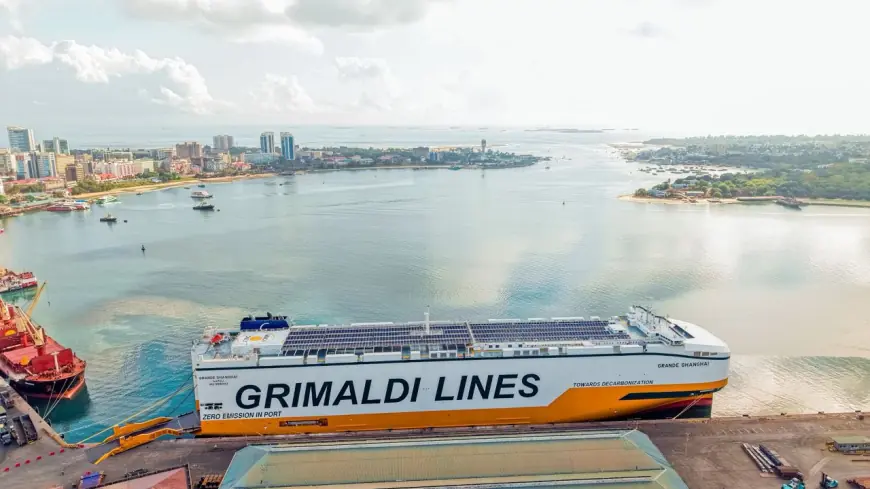
Feasibility, Challenges
While the vision is ambitious, challenges remain.
Tanzania must compete with cheap, high-quality imports from China and other global suppliers, requiring improvements in productivity, quality control, and cost efficiency.
Reliable energy, skilled labour, financing for industrial projects, and regulatory consistency are critical enablers.
Dr Felix Nandonde of Sokoine University says it is important to balance local production with imports.
“Balancing local production with imports will determine the success of industrialisation,” he says.
What's Your Reaction?
 Like
0
Like
0
 Dislike
0
Dislike
0
 Love
0
Love
0
 Funny
0
Funny
0
 Angry
0
Angry
0
 Sad
0
Sad
0
 Wow
0
Wow
0
